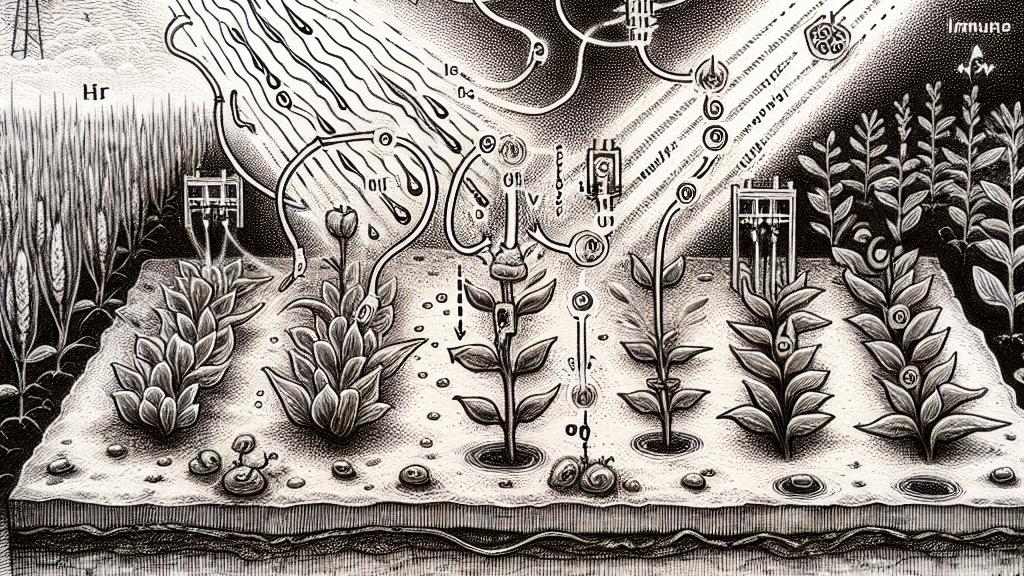Exploring Non-Invasive Strategies for Plant Stress Response via Optogenetics
Overview
- Optogenetics introduces a groundbreaking way to control plant stress responses using light, reshaping agricultural research.
- By ingeniously engineering ion channels, researchers can monitor plant reactions to diverse stressors in a non-invasive manner.
- This pioneering research not only deepens our understanding of plant biology but also holds great promise for improving global food security.

Introduction to Optogenetics in Plants
In a remarkable achievement in Japan, researchers have plunged into the fascinating world of optogenetics to unravel how plants react to stress. They have ingeniously engineered two specific ion channels that respond dynamically to light, paving an exciting path for plant biology studies. For instance, when exposed to certain wavelengths of light, one channel triggers osmotic stress responses, a situation familiar to plants during droughts. Simultaneously, the other channel instigates immune responses when plants encounter threats like pests or pathogens. This dual-action approach not only provides a non-invasive window into the stress responses of plants but also lays a crucial foundation for future agricultural innovations, ensuring crops can adapt to an ever-changing environment.
Mechanisms of Plant Stress Responses
Understanding how plants withstand stress is vital in today’s world, where extreme weather conditions are becoming increasingly common. The power of these optogenetic tools lies in their ability to provide real-time insights into plant reactions without causing any harm. For example, when researchers activate the ion channel using light, they can observe immediate physiological changes—like alterations in transpiration rates and nutrient uptake—that are crucial for maintaining balance in the plant system. These stress responses encompass a wide variety of adaptations, such as changes in gene expression and metabolic adjustments, demonstrating how resilient these organisms can be. The ability to decode these intricate responses not only enriches the scientific community's understanding of plant biology but also has profound implications for enhancing agricultural productivity in the face of environmental challenges.
Future Implications and Applications
The future ramifications of this research are nothing short of exhilarating. As our understanding of plant stress responses deepens, the potential for agricultural advancements expands exponentially. Imagine, if you will, the ability to cultivate crop varieties specifically engineered to thrive under extreme conditions—such as in drought-prone regions or areas affected by soil salinity. This isn’t merely a theoretical concept; it is a feasible goal that could significantly reshape global agriculture. By targeting and manipulating the identified signaling pathways, scientists could lead a revolution in crop resilience, fundamentally transforming how we approach food production. In a world grappling with the uncertainties of climate change, these breakthroughs promise a sustainable and secure agricultural future, ensuring food resources can adequately meet the needs of a growing population.

Loading...